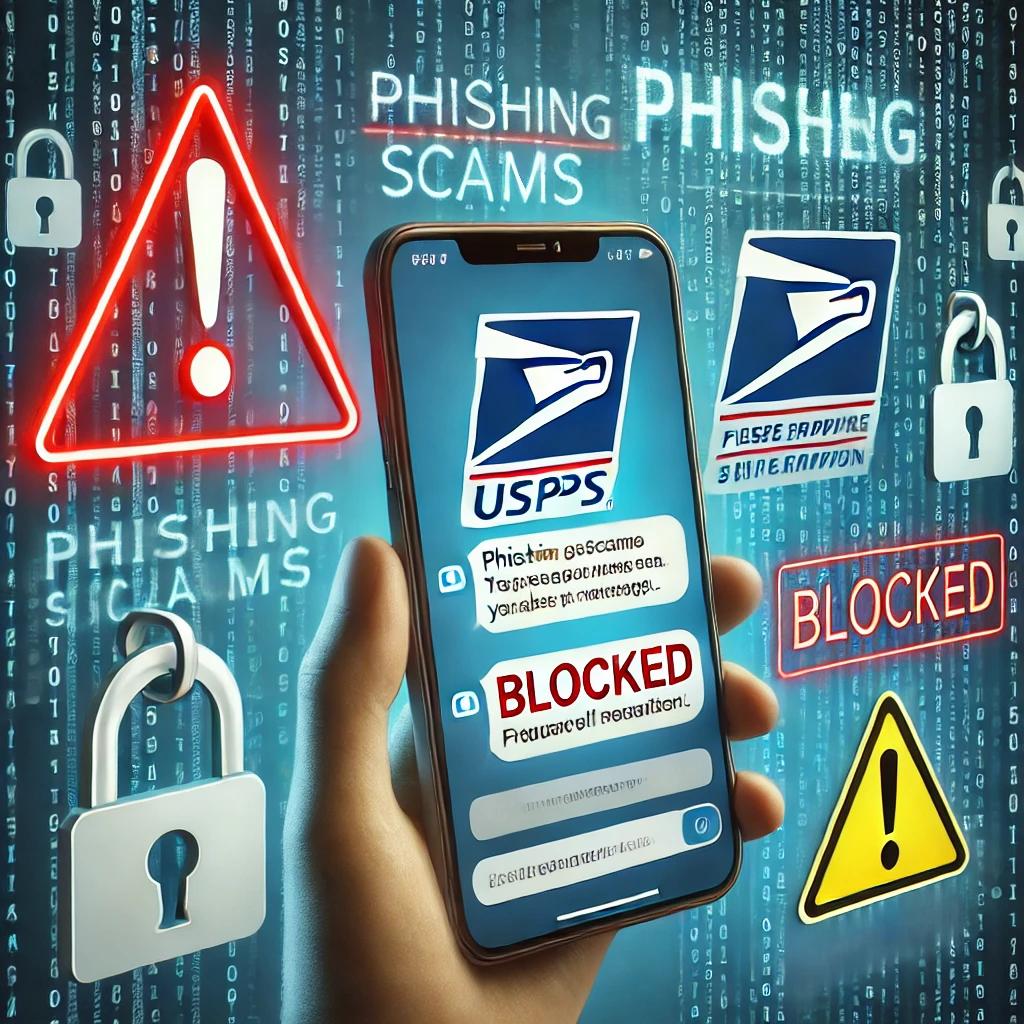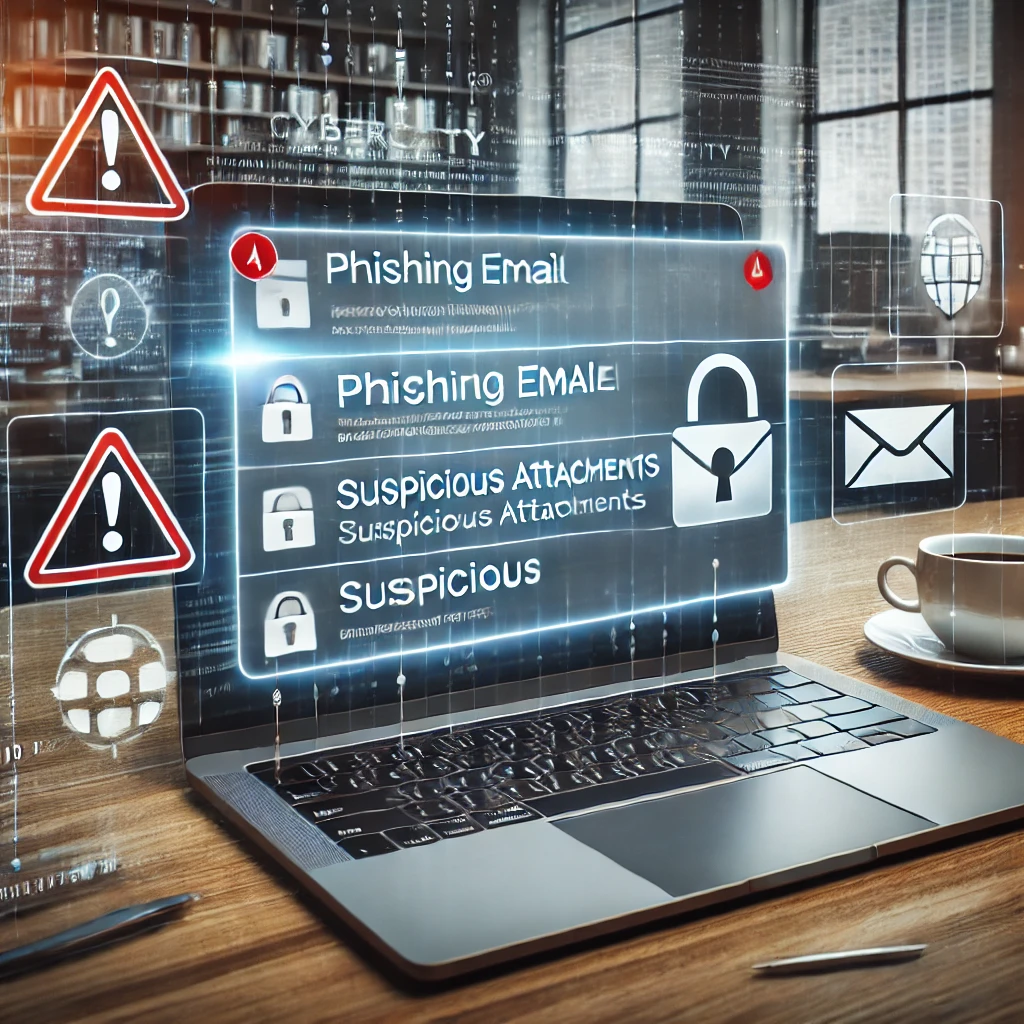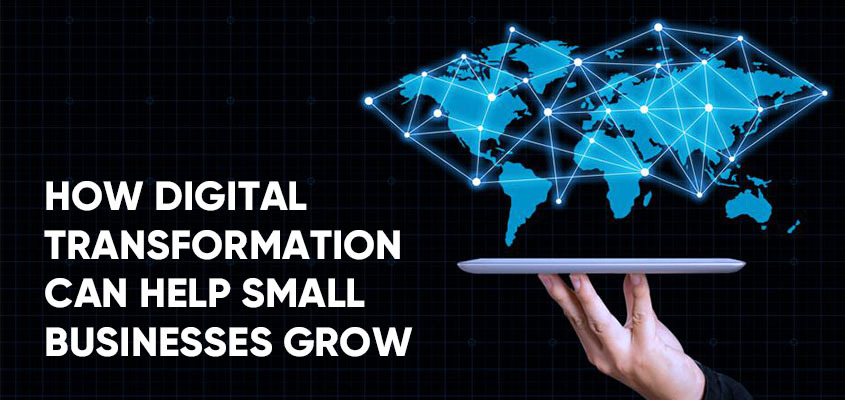AI is Transforming Rhode Island: The Future of Jobs, Businesses, and Everyday Life
By Richard A. Ovalle Jr.
AI in Rhode Island is rapidly transforming industries, businesses, and daily life. By 2025, AI will impact nearly every job sector, with 70% of tech roles relying on automation. By 2025, AI will impact nearly every job sector, with 70% of tech roles relying on automation. However, the transformation isn’t limited to IT—AI is revolutionizing finance, healthcare, education, transportation, and small businesses in Rhode Island.
The question is: Will you embrace AI, or risk falling behind?
How AI is Reshaping Rhode Island’s Economy
1️⃣ IT & Tech: AI is Automating Workflows
Rhode Island’s growing tech sector is at the forefront of AI-driven innovation, with startups and enterprises integrating automation to boost efficiency and security.
✔ AI in Cybersecurity: AI-powered security tools detect cyber threats in real time, reducing the need for manual monitoring.
✔ AI-Powered Coding Assistants: AI tools like GitHub Copilot and OpenAI are automating portions of software development.
✔ Cloud & Network Automation: AI-driven cloud computing and predictive maintenance are revolutionizing IT administration.
💡 What This Means for Rhode Islanders: IT professionals should focus on AI integration, cybersecurity automation, and cloud computing to remain competitive in the job market.
2️⃣ Healthcare: AI is Improving Patient Care in Rhode Island
Rhode Island’s hospitals and research institutions are leveraging AI to enhance diagnostics, treatment, and patient care.
✔ AI in Radiology & Diagnostics: AI-powered systems are assisting in the early detection of diseases such as cancer, heart conditions, and neurological disorders.
✔ AI-Assisted Surgeries: AI-driven robotic systems are improving precision in complex procedures, leading to faster recovery times.
✔ AI in Patient Monitoring: Predictive analytics are helping hospitals prevent complications and optimize patient treatment plans.
💡 Lifespan & Care New England: AI in Action
Rhode Island’s two largest healthcare systems, Lifespan and Care New England, are actively incorporating AI to enhance patient care and streamline operations:
💡 How Rhode Islanders Can Prepare: Medical professionals should develop skills in AI-assisted healthcare tools, data analytics, and telemedicine to adapt to industry changes.
3️⃣ Finance & AI: Transforming Rhode Island’s Banking & Investment Sector
With major banks like Citizens Bank headquartered in Rhode Island, AI is playing a significant role in financial decision-making, fraud detection, and automated banking services.
✔ AI-Powered Fraud Prevention: Machine learning models detect suspicious transactions instantly, reducing financial fraud risks.
✔ Automated Financial Advisors: AI-powered investment platforms are helping Rhode Islanders make data-driven financial decisions.
✔ AI in Customer Service: Chatbots and AI-driven assistants are replacing human call centers, providing 24/7 banking support.
💡 What Finance Professionals Should Do: Understanding AI-driven financial tools, risk assessment models, and algorithmic trading strategies will be essential for future job security.
4️⃣ Retail & Small Businesses: AI is Changing How Rhode Islanders Shop
AI-powered tools are revolutionizing retail and customer service, making shopping more personalized and efficient.
✔ AI-Driven Personalization: Online retailers use AI to recommend products tailored to individual shopping habits.
✔ Automated Inventory Management: AI helps local businesses predict demand, prevent stock shortages, and optimize supply chains.
✔ AI-Powered Chatbots: Rhode Island businesses are integrating AI to provide 24/7 customer support without hiring additional staff.
💡 How Small Businesses Can Benefit: AI-driven marketing automation, chatbots, and data analytics can enhance customer experience and boost sales.
5️⃣ Transportation & AI: The Future of Rhode Island’s Roads
AI is playing an increasing role in traffic management, ride-sharing, and public transportation.
✔ AI-Enhanced GPS & Traffic Control: AI is reducing congestion and optimizing traffic flow, making commuting faster.
✔ Self-Driving & Assisted Driving Tech: Companies like Tesla and Waymo continue testing autonomous driving capabilities, reducing accidents.
✔ AI in Public Transit: AI is improving bus route efficiency and real-time schedule updates for RIPTA passengers.
💡 What This Means for Transportation Jobs: As automation increases, workers in logistics, traffic management, and transportation tech will need AI skills to remain in demand.
AI is Also Changing Everyday Life in Rhode Island
Beyond businesses and jobs, AI is integrated into the daily routines of Rhode Islanders:
📱 Smart Assistants: Siri, Google Assistant, and Alexa help manage schedules, answer questions, and control smart homes.
💳 Banking & Budgeting: AI-driven financial apps help Rhode Islanders manage spending, predict expenses, and improve credit scores.
🏠 Smart Homes: AI-powered security systems, thermostats, and appliances are making homes more energy-efficient.
🚗 AI in Driving: AI-enhanced GPS tools optimize traffic routes and reduce commute times.
🎵 Entertainment & Media: AI personalizes content on Netflix, Spotify, YouTube, and even news feeds.
How Rhode Islanders Can Prepare for an AI-Driven Future
AI is not eliminating jobs—it’s changing how we work. Those who embrace AI as a tool for innovation will succeed. Here’s how you can stay ahead:
✅ Learn AI-Powered Tools – Whether you’re in IT, healthcare, finance, or retail, AI-driven automation and analytics will be part of your workflow.
✅ Get AI-Certified – Courses in AI ethics, machine learning, and automation can boost your career prospects.
✅ Follow AI Trends in Rhode Island – Stay updated on AI breakthroughs, ethical concerns, and emerging job opportunities.
✅ Leverage AI in Your Business – AI-powered marketing, customer analytics, and automation tools can help local businesses grow faster.
Final Thoughts: AI is Changing Rhode Island and the World—Are You Ready?
AI is transforming Rhode Island and the World’s workforce, economy, and everyday life at an unstoppable pace.
The next five years will define how industries evolve, innovate, and expand. Will you take advantage of AI, or be left behind?
🔥 How do you see AI shaping Rhode Island’s future? Let’s discuss!























